Nestled in the heart of Hanoi, Hang Dau Street stands out as one of the vibrant arteries of the Old Quarter, intertwining history with modern 商业. This lively street has evolved over the years from a traditional marketplace selling grains and silk into a bustling hub for local artisans and shoe merchants. As visitors stroll through this area, they are greeted by a cacophony of sounds, scents, and sights that encapsulate the lively essence of Hanoi. In this exploration, we will delve deep into the historical significance, cultural influences, architectural features, and various attractions that make Hang Dau Street an essential destination for both locals and tourists.
Overview of Hang Dau Street
Hang Dau Street is a unique locale that serves as a gateway to Hanoi’s rich culture and history. Covering about 272 meters in length, this street connects Tran Nhat Duat and Phan Dinh Phung Streets. The transformation it has undergone reflects not only the changing commercial needs but also the cultural evolution within the city. Today, it is predominantly recognized for its footwear market and its blend of old-world charm with contemporary commercialism. This overview sets the stage for a deeper exploration into its historical roots and significance within the context of Hanoi’s colorful tapestry.
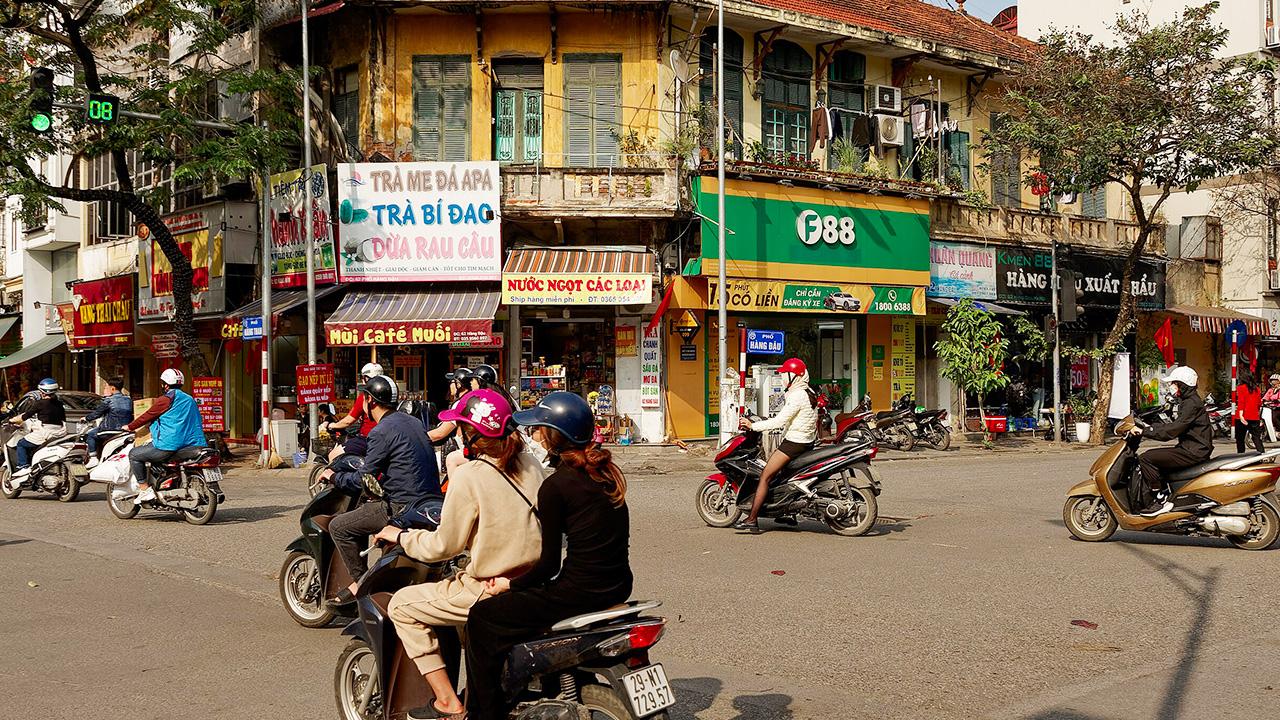
Historical Significance of Hang Dau Street
Reflecting a timeline brimming with traditions and societal shifts, Hang Dau Street offers a vivid tableau of Hanoi’s historical narrative.
Originally known as Rue des Graines during the French colonial period, this street served as a marketplace primarily for agricultural goods, particularly grains and beans. The adjoining buildings would showcase the colonial architectural flair, a fusion of French and Vietnamese styles. In 1945, with the winds of change following the August Revolution, the street’s name was officially changed to Hang Dau, heralding its new identity within a liberated Vietnamese context.
Over the decades, Hang Dau transitioned from a center of grain trading to a prominent footwear market. Local artisans recognized the evolving demands of consumers and adapted accordingly, creating a niche for handcrafted shoes. This evolution parallels the wider socio-economic transformations throughout Vietnam, as evidenced by a report from the Vietnam Chamber of Commerce, which noted that small enterprises have become vital players in the economy, contributing significantly to urban dynamism.
Historical Timeline
| Year | Event |
|---|---|
| 1894 | Construction of the Hang Dau Water Tower symbolizes urban development. |
| 1945 | Name change to Hang Dau post-independence. |
| Late 20th Century | Shift from agricultural goods to footwear and leather goods. |
This historical backdrop is crucial in understanding how Hang Dau Street has retained its relevance over time while still showcasing the rich agricultural heritage of its origins. The area serves not only as a marketplace but also as a testament to the resilience and adaptability of Hanoi’s community.
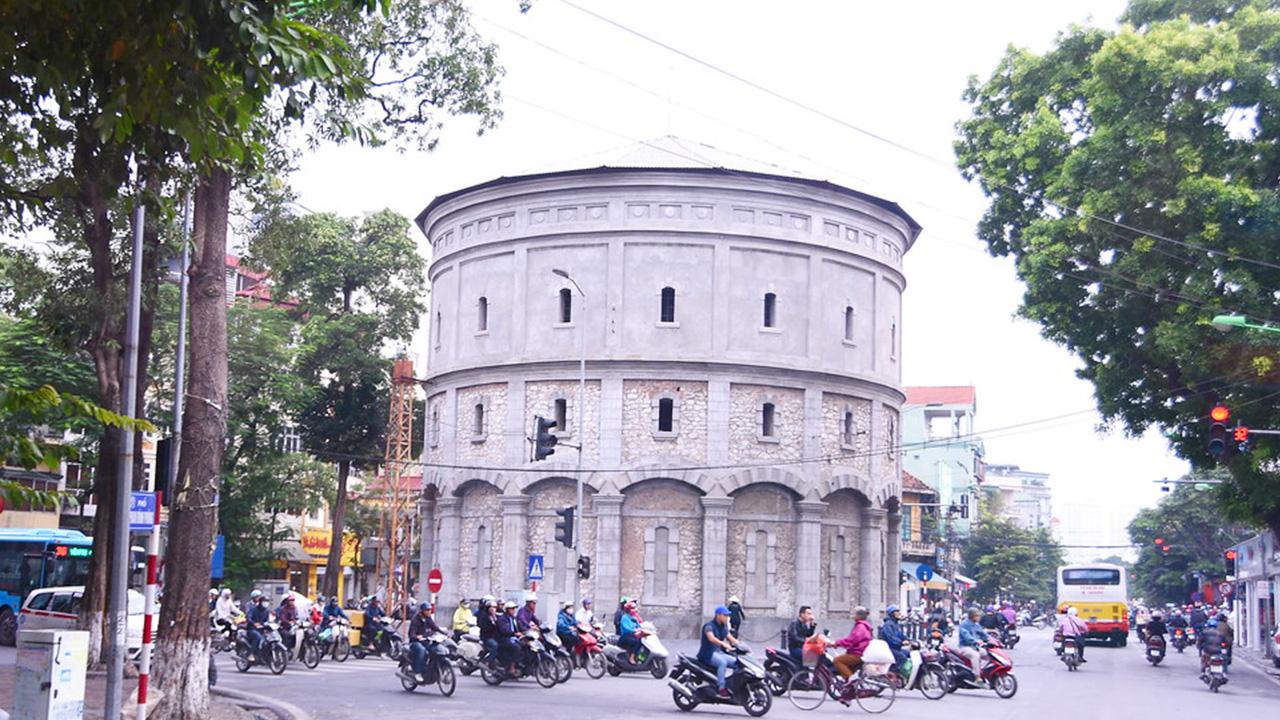
Cultural Influences on Hang Dau Street
The cultural fabric of Hang Dau Street weaves together diverse influences, creating a rich tapestry that is unique to Hanoi.
Fusion of Old and New
The street has historically been a melting pot of various cultural influences, from early Vietnamese traditions to French colonial aesthetics. Each shop and stall along Hang Dau tells a story. The artisans here reflect a blend of craft and creativity, ensuring that traditional techniques survive in a modern commercial marketplace.
- Artisan workshops: Many local artisans conduct their crafts in the open, allowing visitors to witness age-old techniques such as weaving and embroidery.
- Community engagement: Cultural festivals often spring to life on Hang Dau, showcasing local art, food, and performance, which fosters community bonds.
Food as Culture
Food plays an integral part in the culture of Hang Dau Street, extending beyond mere sustenance to embody social and familial ties. Local festivals often highlight culinary competitions where local chefs showcase traditional dishes, such as:
- Bánh mì
- Pho
- Bún chả
These events attract not only locals but international visitors eager to immerse themselves in authentic Vietnamese cuisine.
Architectural Features of Hang Dau Street
Architecture along Hang Dau Street offers an intriguing amalgamation of historical influences and modern functionality.
Colonial Influence
The remnants of French colonial architecture still echo throughout the street. Distinctive characteristics include:
- Tall, narrow tubular house designs
- Elaborate facades with iron balconies
- Sloping roofs adorned with decorative tiles
These features tell stories of Hanoi’s architectural evolution, where styles reflect both the historical and cultural shifts experienced over the decades.
Modern Interventions
Recent renovations have infused modern design elements into the street. Chic boutiques occupy formerly dilapidated buildings, allowing for a fresh commercial atmosphere while respecting the historical context.
- Sustainable architecture: Some new constructions incorporate sustainable materials that honor their historical predecessors.
- Art installations: Public art projects have appeared throughout the street, further enhancing its cultural narrative while inviting reflection and interaction.
These architectural contrasts contribute to Hang Dau’s charm, making it an appealing destination for both historians and casual visitors alike.

Attractions Along Hang Dau Street
Hang Dau Street is not just a shopping destination but a focal point of cultural, historical, and communal engagement.
Countless attractions dot the landscape:
- The Hang Dau Water Tower, built in 1894, serves as an iconic landmark and a reminder of Hanoi’s colonial past.
- Street performances abound during the weekends, transforming the area into a vibrant showcase of local talent.
- Artisan workshops welcome visitors, providing opportunities to engage with the craftspeople directly.
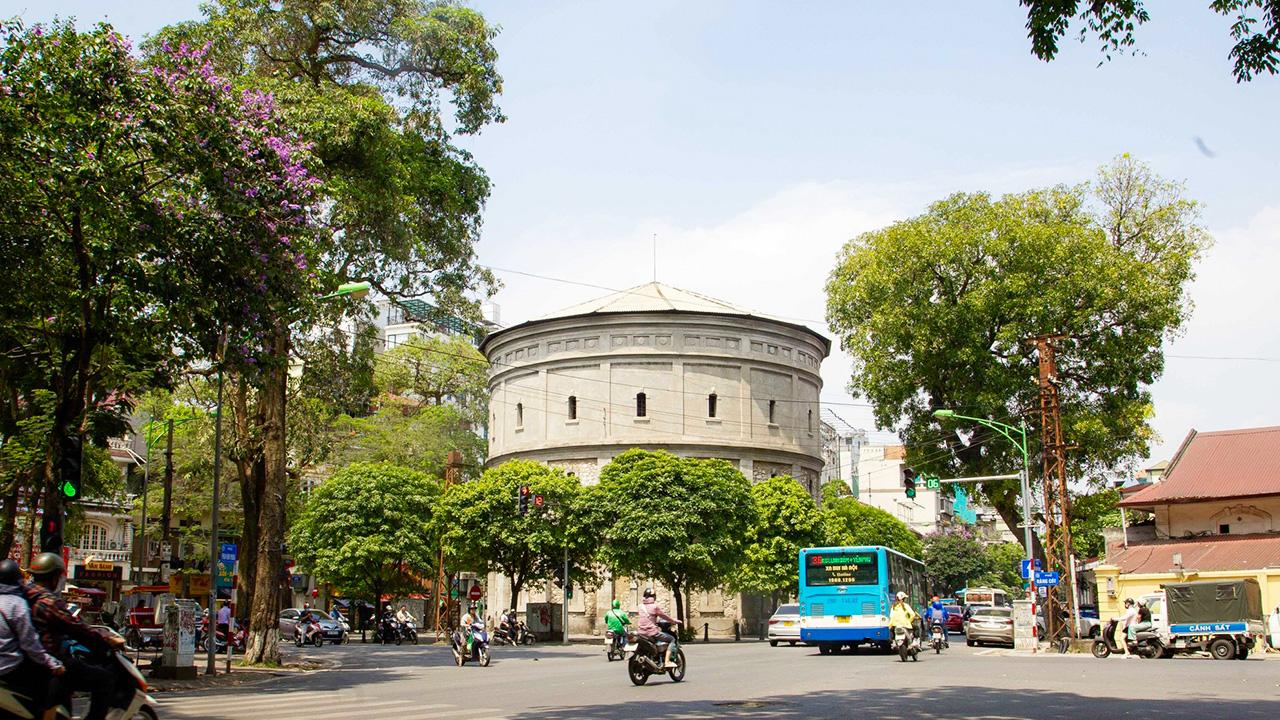
Local Markets on Hang Dau Street
The local markets around Hang Dau Street offer an eclectic mix of goods, embodying the local flavor and vibrancy of Hanoi.
Community Markets
Local markets thrive here, especially during weekends:
- Weekend Night Market: Transforms the area into a pedestrian haven for foodies and artisans alike.
- Street food stalls: Offer a dynamic range of culinary delights, from savory dishes to sweet treats.
Items for Sale
A summary of popular points of interest and offerings includes:
| Type | Description |
|---|---|
| Street food | Grilled pork, Pho, Bánh mì |
| Handicrafts | Silk items, local crafts |
| Footwear | Traditional and contemporary designs |
The atmosphere of the market is electric, with locals and visitors mingling, sharing stories, and experiencing the cultural heartbeat of Hanoi.
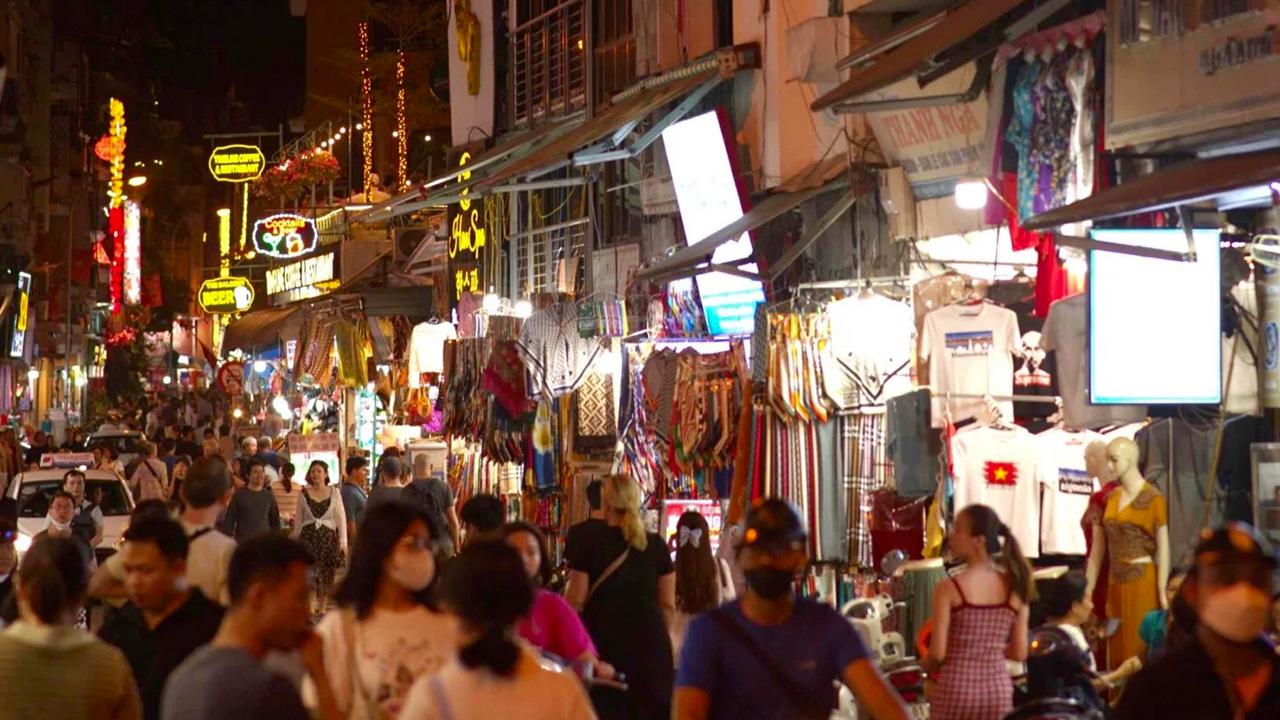
Dining Options on Hang Dau Street
Hang Dau Street boasts a diverse array of dining options catering to various tastes and preferences.
Street Food Heaven
Stalls line the street, offering some of Hanoi’s beloved dishes:
- Bún chả: Grilled pork with noodles, a must-try for every visitor.
- Fresh spring rolls: Various versions made with local ingredients.
Notable Restaurants
Several well-known restaurants also grace the area, inviting guests to sit down for a more leisurely meal. A brief highlight includes:
- Co Vietnamese Restaurant & Vegan: A popular spot for vegan options.
- Cau Go Vietnamese Cuisine: Known for its hot pot and local delicacies.

Art and Craft Shops on Hang Dau Street
Art and craft shops along Hang Dau Street present unique avenues to appreciate local craftsmanship.
Artisan shops offer a range of handcrafted goods that are often emblematic of Vietnamese culture.
Types of Crafts Available
- Traditional silk items and garments
- Handmade pottery and ceramics
- Decorative arts, including paper lanterns, especially prominent during festivals
Each craftsperson often has their own unique style, showcasing traditional techniques fused with contemporary design. Visitors can enjoy shopping while supporting local artisans, making their souvenirs all the more meaningful.
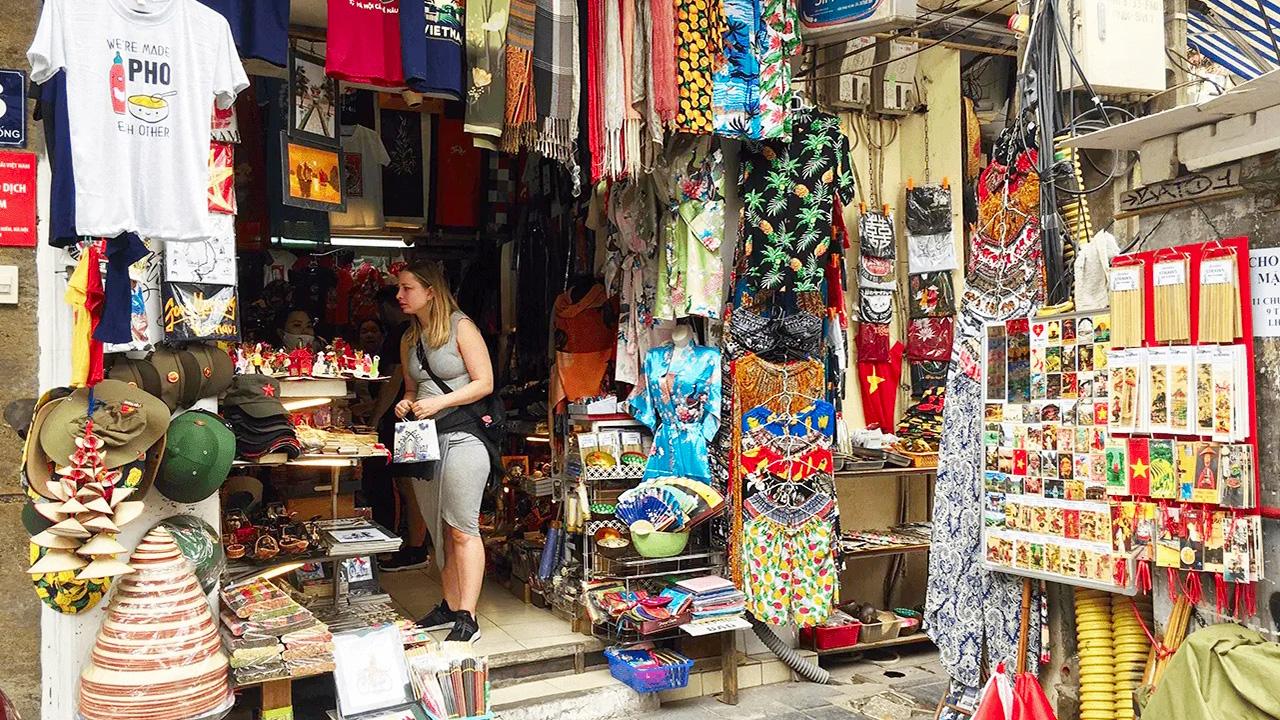
Accessibility and Transportation to Hang Dau Street
Reaching Hang Dau Street is convenient, making it ideal for both locals and tourists looking to explore the area.
Public Transport Options to Hang Dau Street
Transport options cater to various travelers:
- Public Bus Services: Buses offer an inexpensive way to negotiate city traffic at fares ranging from VND 7,000 to 10,000.
- Motorbike Taxis (Xe Ôm): A popular option, providing an efficient means of navigating congestion.
Example Bus Routes
| Route Number | Main Stops | Fare |
|---|---|---|
| 01 | Tran Nhat Duat-Hoan Kiem | VND 7,000 – 10,000 |
| 02 | Hanoi Railway Station – Hoan Kiem | VND 7,000 – 10,000 |
Travelers should remain alert about the peak hours, as public transport might get crowded.
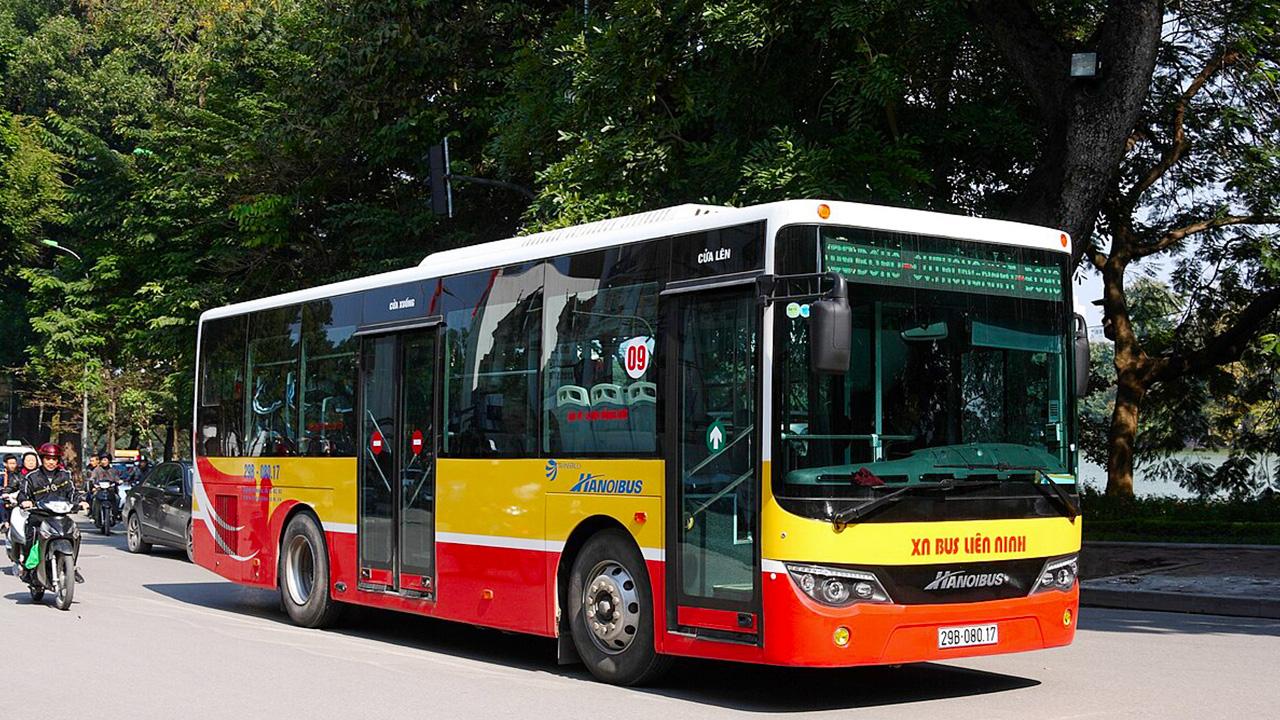
Walking Tours Around Hang Dau Street
Exploring Hang Dau Street on foot is highly recommended to truly capture the bustling ambiance and engage with the local community.
Benefits of Walking
- Close Encounters: Allows for personal interactions with shopkeepers and artisans.
- Flexible Exploration: Visitors can meander through narrow alleys, discover hidden gems, and soak in the local culture.
Guided walking tours are also available, providing insights into the street’s rich history, culture, and architecture. These tours often incorporate visits to multiple attractions, ensuring a comprehensive experience of the local milieu.
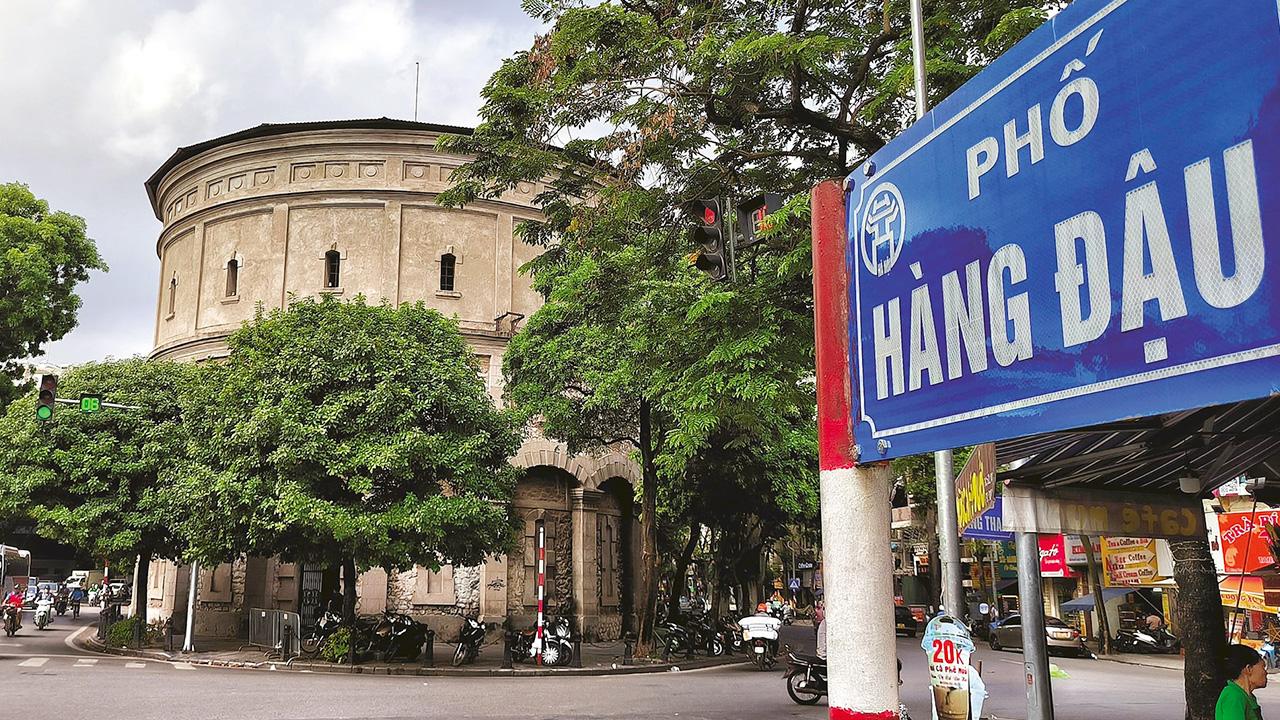
Parking Facilities Near Hang Dau Street
Parking should not deter visitors from exploring Hang Dau Street, as facilities are conveniently located.
Parking Space Overview
The area hosts multiple organized parking lots capable of accommodating thousands of vehicles, specifically during peak visits (weekends).
- Total Area: Approximately 17,380 m²
- Parking Capacity: Thousands of vehicles can be parked simultaneously.
Key parking locations include:
- 15 Hai Ba Trung Street
- Various facilities in proximity to Hang Dau
This ensures that visitors traveling via car have easy access while engaging in the lively market atmosphere.

Comparison with Other Streets
Encapsulating historical depth and modern vibrancy, Hang Dau Street is often compared to neighboring streets.
Hang Dau Street vs. Other Historical Streets in Hanoi
While Hang Dau is known for its footwear market, other nearby streets boast their unique identities:
- Hang Bac Street: Renowned for silversmiths, showcasing stunning silver jewelry and traditional arts.
- Hang Ma Street: Famous for decorative paper goods, especially during festivals.
Summary Comparison
| Street | Highlights |
|---|---|
| Hang Dau | Footwear, lively markets |
| Hang Bac | Silver crafts, artisan jewelry |
| Hang Ma | Decorative paper crafts, festival supplies |
Each street contributes to the larger narrative of Hanoi’s Old Quarter, creating a well-rounded cultural tourism experience.
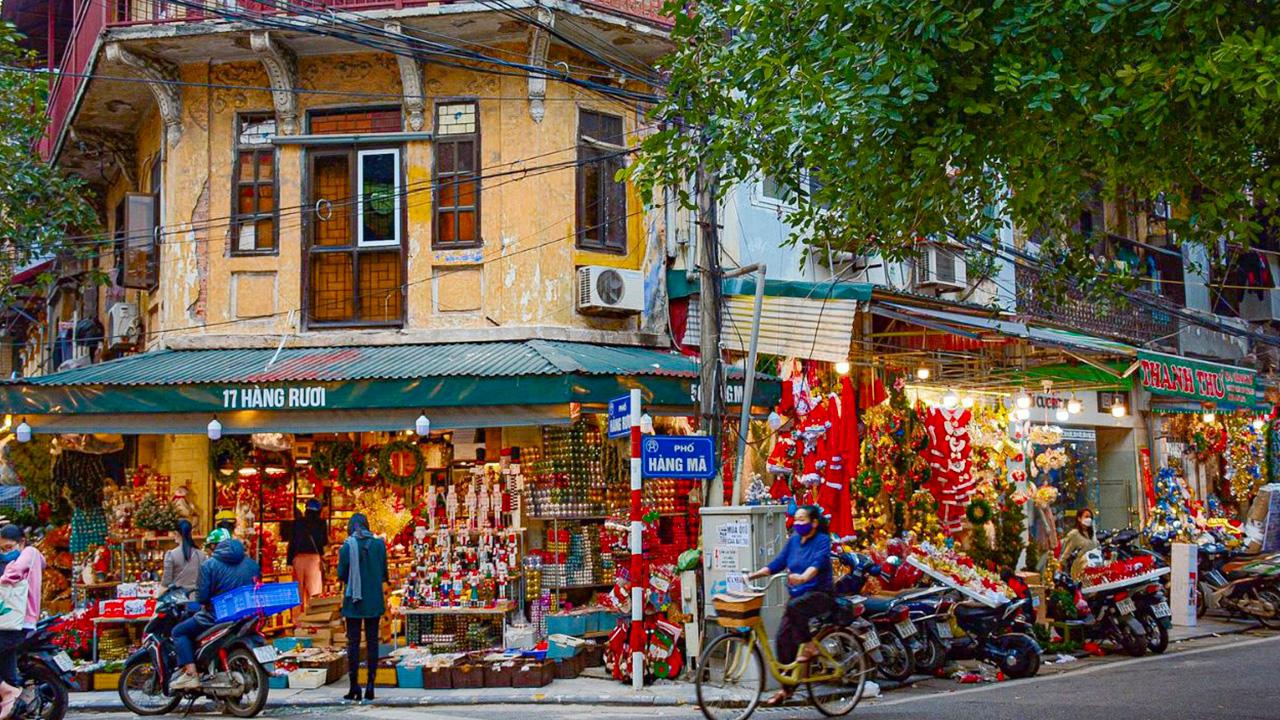
Unique Characteristics of Hang Dau Street Compared to Nearby Areas
Hang Dau Street distinguishes itself from surrounding streets through its blend of local commerce and cultural offerings.
Key Distinctive Features
- Emphasis on Shoes: Unlike its neighbors, Hang Dau is primarily recognized for its focus on footwear, showcasing both traditional and modern designs.
- Gastronomic Delights: The culinary scene on Hang Dau flourishes with street food options, making it a hotspot for food lovers.
In juxtaposition, Hang Bach and Hang Ma remain more traditional, appealing predominantly to those interested in handicrafts or silverware. Thus, while all streets share a historic background, each embodies unique characteristics reflecting the evolving urban landscape.

Visitor Experience on Hang Dau Street
Visitors’ experiences on Hang Dau Street resonate deeply with the historical and cultural sentiments of the locality.
Testimonials from Visitors to Hang Dau Street
Feedback from visitors frequently highlights the vibrant atmosphere and cultural richness present on the street.
Common Themes in Reviews
- Culinary Treasures: Visitors rave about the captivating street food options available, especially the grilled pork and bánh mì.
- Cultural Interaction: Many travelers comment on the engaging conversations with local artisans, adding personal stories and depth to their shopping experience.
Visitor Review Highlights
- “The night market is a vibrant experience, with food and crafts blending seamlessly.”
- “Engaging with artisans added a layer of authenticity to our visit.”
This engagement fosters a strong connection to the locality, making Hang Dau Street a memorable destination.

Tips for First-Time Visitors to Hang Dau Street
Navigating Hang Dau Street can be thrilling and rewarding, provided visitors heed a few essential tips.
- Timing is Key: Visit during the weekend for the liveliest experience, as night markets bring energy to the area.
- Bargaining Etiquette: Engage in price discussions at shops to immerse yourself in local practices.
- Be Mindful of Belongings: Ensure your belongings are secure, as crowded areas may pose pickpocketing risks.
Additional Recommendations
- Seek out local dishes that catch your eye.
- Engage with shopkeepers; they often enjoy sharing stories about their crafts.
Guided tours can enrich the experience, offering historical context and insights that enhance every visitor’s understanding of this vibrant area.
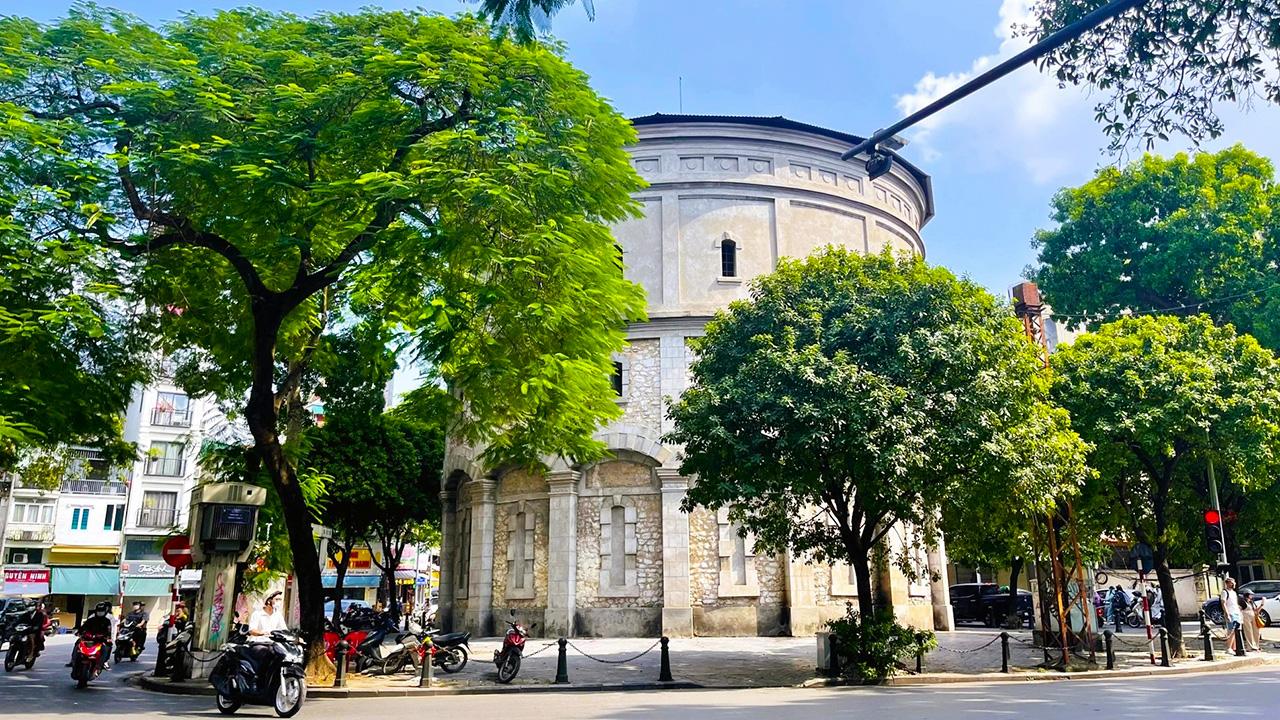
Best Times to Visit Hang Dau Street
Timing visits to Hang Dau Street can substantially change the visitor experience due to the dynamic nature of the area.
Optimal Visiting Hours
- Weekdays: Best for those interested in a quieter experience focused on shopping and exploration.
- Evenings on Weekends: Perfect for those who want to partake in the spirited nightlife of the night market, as the street transforms into a pedestrian area.
| Time of Day | Experience |
|---|---|
| Morning | Quiet shopping and artisan engagement |
| Evening | Lively atmosphere with street food vendors |
In addition to weekends, visiting during mild seasons (spring or autumn) enhances the overall experience with favorable weather.
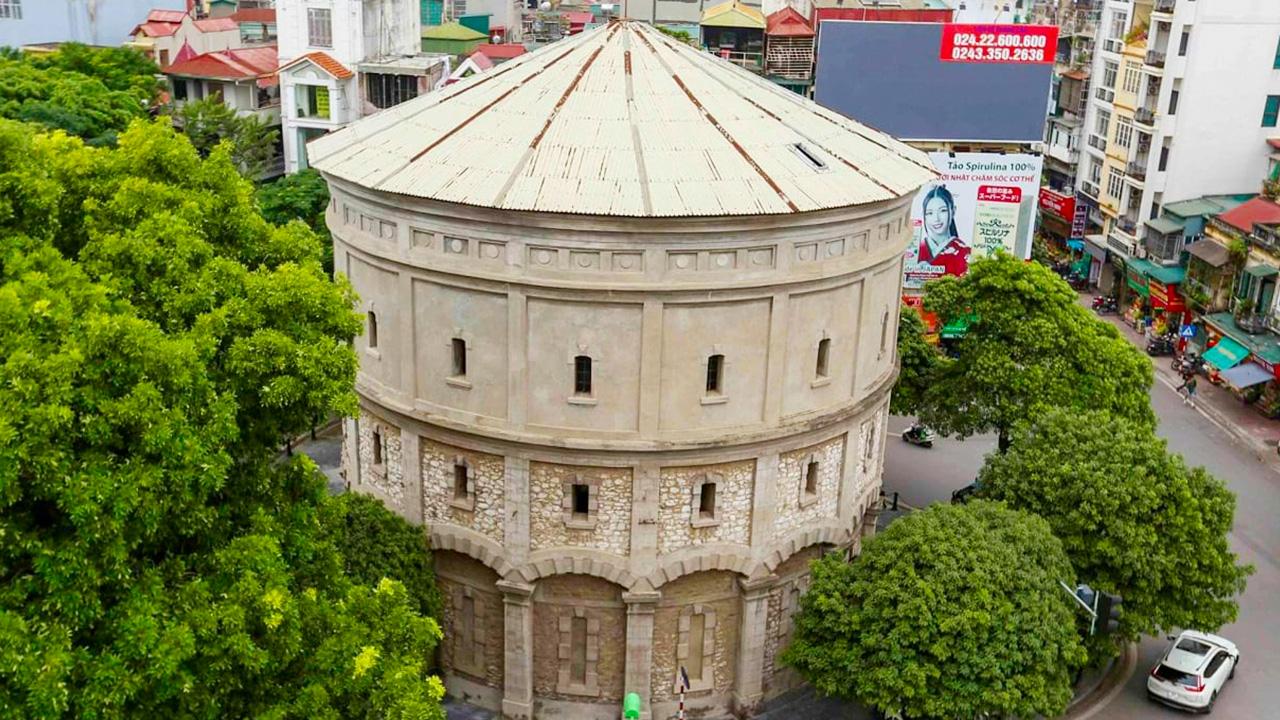
Frequently Asked Questions (FAQs)
- What are the operating hours for Hang Dau Street?
- Many shops typically open from early morning until late evening, with the night market being active from approximately 6 PM on weekends.
- Are there any specific cultural events on Hang Dau Street?
- Yes, local festivals and street performances frequently occur, especially during holidays and celebrations.
- Is Hang Dau Street accessible for individuals with mobility challenges?
- Although the street may have some uneven surfaces, many shops are accessible. Visitors should plan accordingly and may want to contact local accommodations for assistance.
- Can I use credit cards on Hang Dau Street?
- While some shops accept credit cards, cash is widely preferred, especially at local food stalls and smaller vendors.
- Is there security in the area?
- Local authorities and community members actively patrol the area, especially during busy hours to ensure safety for visitors and locals alike.
Key Takeaways
- Hang Dau Street showcases a rich history that has evolved over time.
- The street is known for its vibrant footwear market and lively local markets.
- Cultural influences and architectural features reflect both colonial and Vietnamese traditions.
- A variety of dining options cater to diverse culinary preferences.
- Accessibility via public transport is convenient, making it easy for visitors to explore the area.
Conclusion
Hang Dau Street represents a dynamic intersection of commerce, culture, and community within the heart of Hanoi. From its historical roots as a grain market to its current prominence in the shoe industry, the street embodies the spirit of resilience and adaptability that characterizes the city. Coupled with vibrant local markets, diverse culinary offerings, and rich cultural experiences, Hang Dau Street invites visitors to delve into the heart of Hanoi’s heritage while enjoying modern vibrancy. For anyone looking to explore the essence of Vietnamese culture and the bustling life of Hanoi, a visit to Hang Dau Street is not merely recommended; it is essential.


